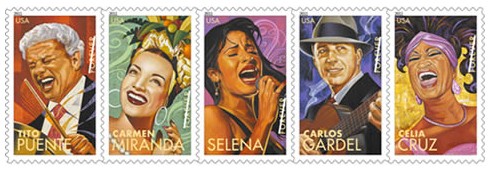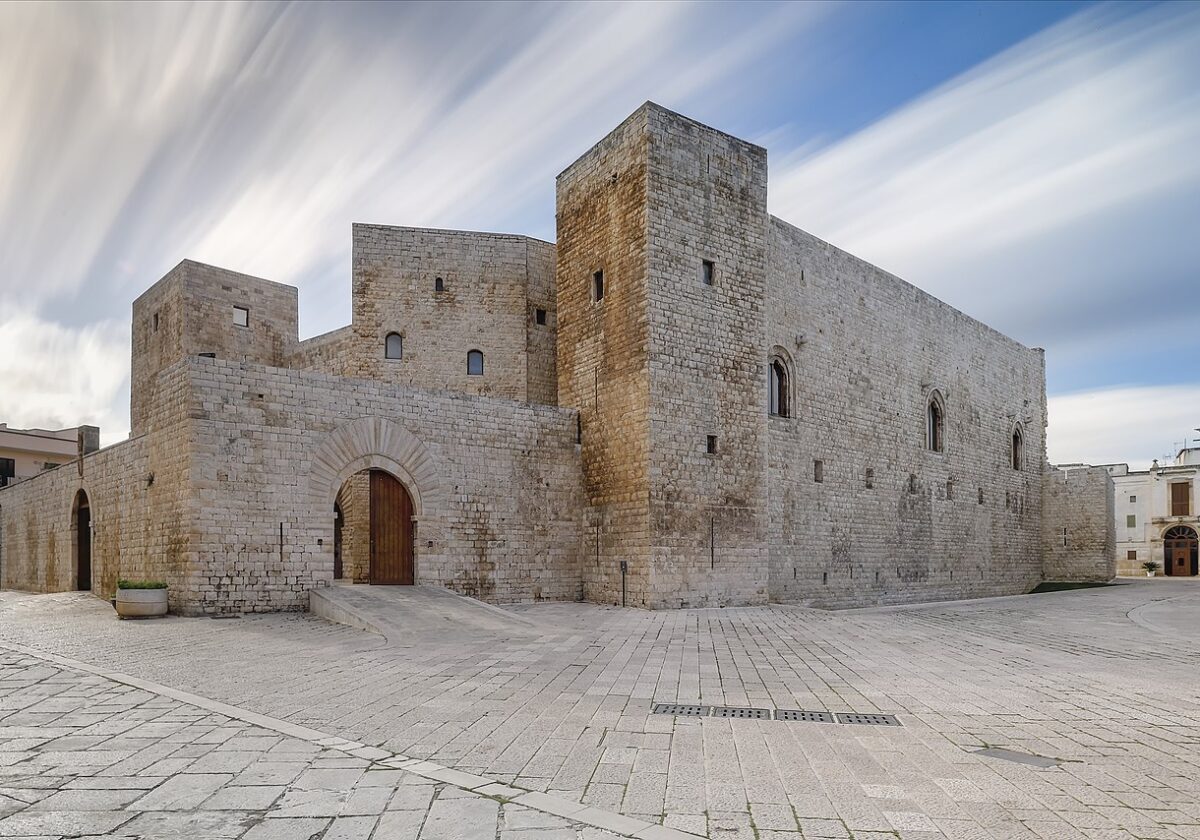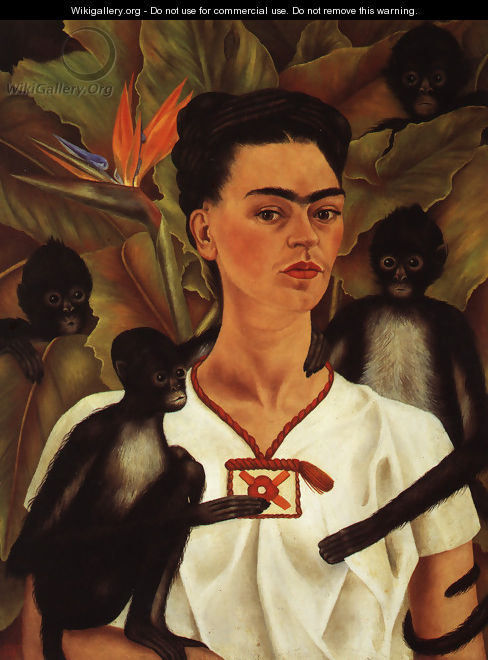Five legendary musicians and performers of the Latin sound whose
contributions have had a lasting impact on American music —Selena,
Carlos Gardel, Carmen Miranda, Tito Puente, and Celia Cruz – will be
honored on stamps. Among the distinctive musical genres and styles
represented are Tejano, tango, samba, Latin jazz, and salsa. The stamps
go on sale in March. [Stamps may be purchased at local Post Offices, at The Postal Store website at www.usps.com/shop, or by calling 800-STAMP-24.]
For these stamps, artist Rafael Lopez, of San Diego, CA, painted
semi-realistic portraits of each musical artist designed to evoke their
personality, vitality, and even their sound. He used a warm palette of
colors—from brilliant yellows, pinks, and lime green to rich shades of
purple and blue—to suggest the flavor and energy these artists brought
to their work. Each musician is depicted in mid-performance. One can
almost hear Celia Cruz shout her trademark rallying cry ¡Azucar!
(Sugar!) or sense Tito Puente’s rhythmic intensity as he performed one
of his progressive arrangements on the timbales. Art director Ethel
Kessler, of Bethesda, Maryland, says, “My goal was that when you see the
stamp, you hear the music.”
Lopez’s first project for the U.S. Postal Service was the Merengue
design for the 2005 Let’s Dance/Bailemos stamp pane, followed in 2007
with the Mendez v. Westminster stamp.
Texas-born Selena Quintanilla-Perez (1971-1995)—known
to fans simply as Selena—helped transform and popularize Tejano music
by integrating techno-hip-hop beats and disco-influenced dance movements
with a captivating stage presence. A Grammy recipient, the “Queen of
Tejano” broke gender barriers with record sales and awards. Even after
her tragic death, Selena remains an important representative of Latino
culture.
A superb and evocative singer, Carlos Gardel (1890?-1935)
was one of the most celebrated tango artists of all time. Raised in
Argentina, Gardel helped popularize the tango in the United States,
Europe, and throughout Latin America through his performances and
recordings. “The man with the tear in his voice” also achieved fame as
one of the stars of the Spanish-language cinema.
Born in Portugal and raised in Brazil, Carmen Miranda (1909-1955)
achieved fame as a samba singer before moving to New York City, where
she gained instant celebrity in theater, film, and radio. The “Brazilian
Bombshell” appeared in 14 Hollywood musicals and recorded more than 300
songs. Her exotic signature outfit and persona are an inexhaustible
source of inspiration.
Born in New York City to Puerto Rican parents, Tito Puente (1923-2000)
was a musical virtuoso popularly known as El Rey, “The King”. With
dynamic solos on the timbales and orchestral arrangements that have
become classics in Latin music, Puente helped bring Afro-Cuban and
Caribbean sounds to mainstream audiences. He performed for more than 60
years, and his legacy includes more than 140 albums.
A dazzling performer of many genres of Afro-Caribbean music, Celia Cruz (1925-2003)
had a powerful contralto voice and a joyful, charismatic personality
that endeared her to fans from different nationalities and across
generations. Settling in the United States following the Cuban
revolution, the “Queen of Salsa” performed for more than five decades
and recorded more than 50 albums.
One last thing, these are forever stamps making them as timeless as the Latin Music Legends who inspired them. via Rafael Lopez’s Blog








I'm so excited for these cellos especially the Selena one. Thank you so much for posting!